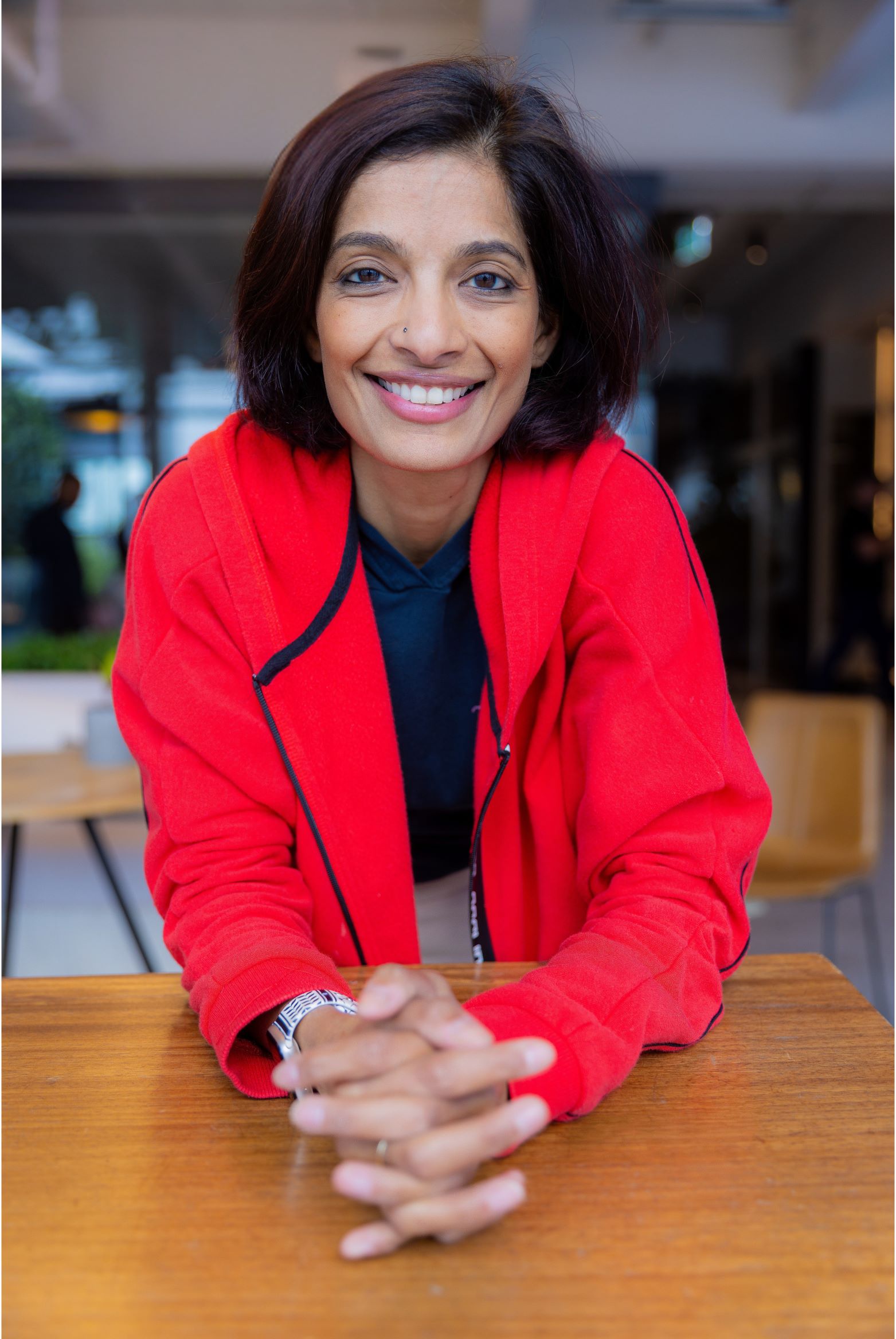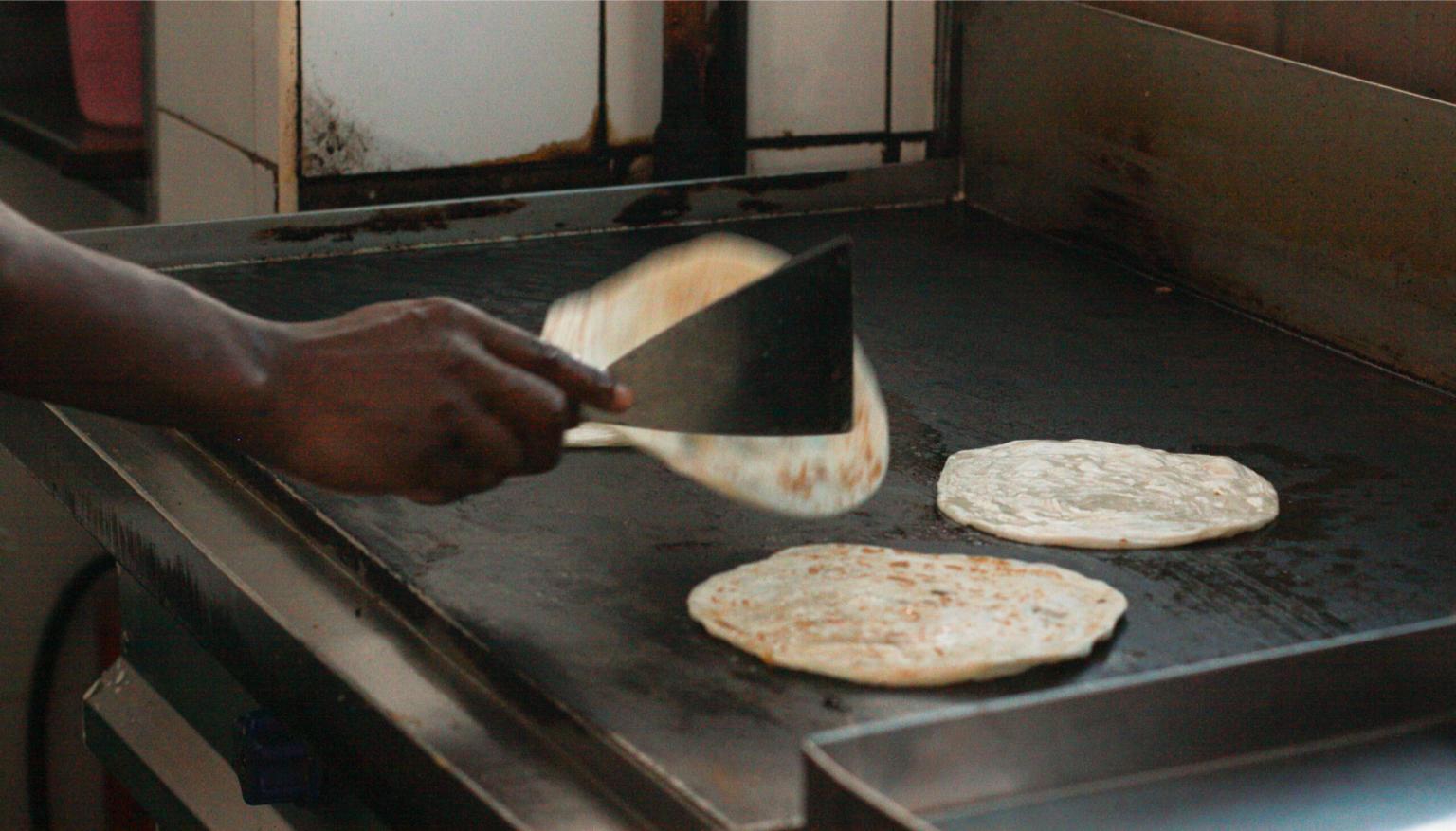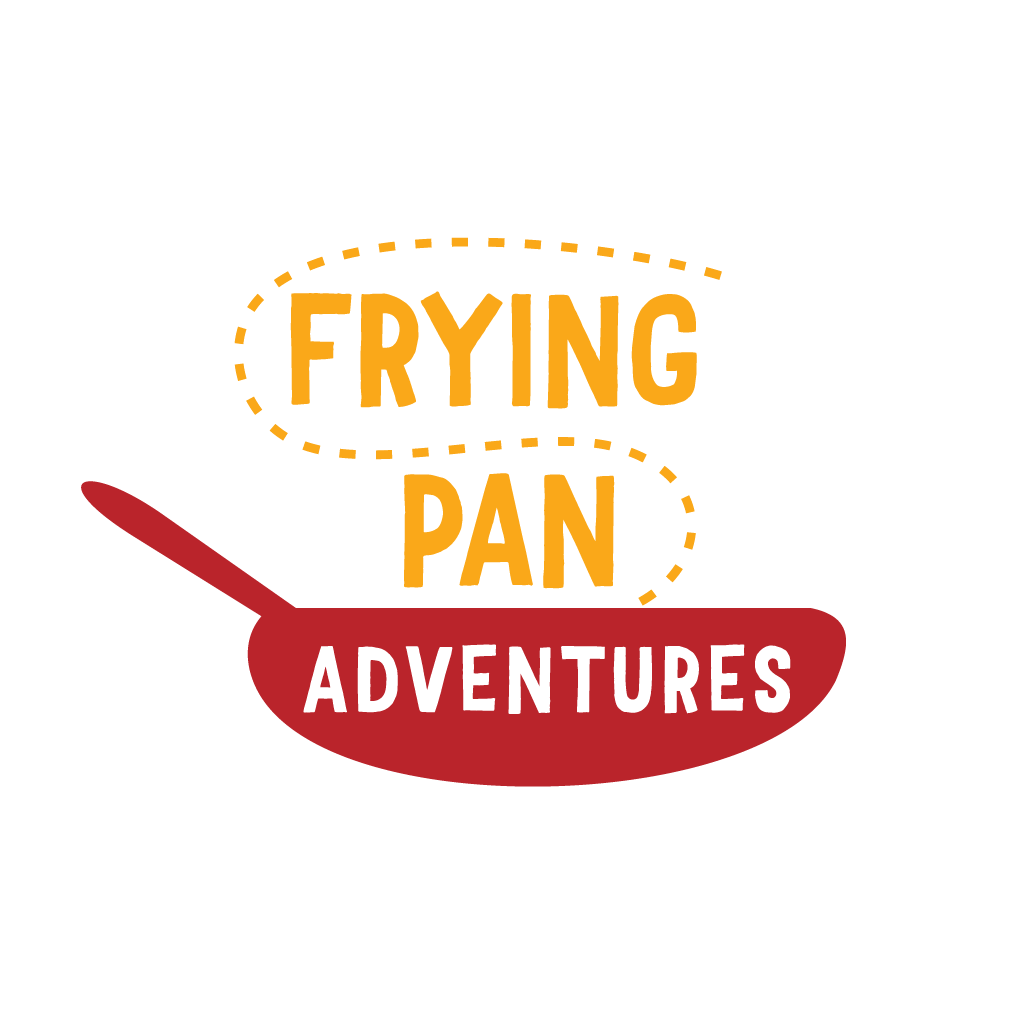Visitors on our food tours always comment about how incredible it is to have so much exquisitely fresh bread placed on our tables every day. Whether you’re at a Lebanese restaurant with a bottomless basket of hot puffy khubz (pita) or an Iranian restaurant with stacks of lavash or sangak, choice is both plentiful and cheap across the city.
Contents
Introduction
Dubai brings together some of the most ancient breadmaking cultures within a very small radius, which means you can plan your very own bread tour across the city. We once did exactly that–our food guides planned a dedicated bread tasting tour for German bakers featuring Moroccan, Egyptian, Emirati and Palestinian breads. The tour also included one of the ubiquitous roadside roti bakeries run by Pakistani (pathan) bakers, a must-try if you’re someone who loves bread as much as we do. Keep reading to learn about the different types of breads and to see a map of where to find each of them.
8 (of Many) Breads in Dubai Explained
While we have all kinds of breadmaking cultures featured in the city, East and West, the ones we typically focus on are from the ‘Old World.’ These tend to be breads that you often won’t find as easily if you travel westward, but in Dubai, these ancient breads are highly accessible. Here are some of the ones we love and that we’ve featured in the past on our Instagram account (in no particular order, we love them all!). This list is not exhaustive, there are many more which are on our evolving map of breads that you can find later in this post.
1. Iranian Sangak
View this post on Instagram
The Iranians bring on a spectacular bread game. According to our favorite Iranian food author & expert Najmieh Batmanglij*: Nan is a Persian word first used in Achaemenid Iran (550-330 BCE), from which all other languages borrowed it.
Sangak literally translates to “little stones” and this bread is not only great with kebabs, but with preserves, honey and especially with Persian feta, herbs & walnuts that are typically served on a “sabzi khordan” platter at the start of the meal.
It’s mainly whole wheat with a bit of white flour mixed in & the stones are instrumental in creating the wildly high temperature that cooks this bread within minutes, making the outside glossy & crisp & the inside chewy & soft. According to Batmanglij, the mother yeast for sangak in Tehran is controlled by the bakers union.
Source: Food of Life, Najmieh Batmanglij
2. Keralite Porotta
View this post on Instagram
This flaky bread is tossed, twirled and rolled until it’s wonderfully stretchy and layered. It’s the bread of choice available at most small cafeterias run by the Keralites, and makes for a delicious egg roll. We feature a version of this egg roll on our Dubai Souks and Creekside Food Walk at one of the cafeterias that makes this best.
3. Iranian / Emirati Regag
View this post on Instagram
This bread is from the Arabic word ‘raqqa’ which means ‘very thin.’ While the origins might be Iranian, the bread is now a routine part of Emirati cuisine too. This is one of those breads that doesn’t keep well, it’s best to enjoy it right after you watch the bakers spread the dough on the griddle to make this tissue-thin crisp bread. Topping combinations range from sweet to savory–we love eggs with mehyawah (Iranian-style fish sauce) and hot sauce, though Nutella and bananas are not a bad way to start your day either!
4. Uzbek Non
View this post on Instagram
These enormous bagel-like breads boast a glossy golden crust and hold a soft downy crumb on the inside that is waiting to be dipped in a meat shorba/shorwa or plain with lemon tea.
Here are 3 interesting facts we’ve learned about this bread from Eric Hansen’s excellent article for Aramco World:
- Uzbek non varies across the country — many diff styles. This one resembles the Samarkand style most closely.
- Non is sacred in Uzbekistan, as it is in most of the region + Middle East. In Uzbekistan, if non falls down, people will pick it up & put on a wall or on a tree, while saying “Aysh Allah” (God’s bread) so birds can eat it.
- Non is rarely ever cut with a knife, only torn with your hands. Never keep it face down or throw away even the crumbs.
While our favourite roadside Uzbek bakery (in the Instagram video above) is now sadly closed, we’ve shared another wonderful Uzbek restaurant where you can enjoy this bread in our map below.
5. Egyptian Aish Baladi
View this post on Instagram
We once featured Egyptian aish baladi (country bread) on a Deira bread tour with German bakers visiting town and it was a hit! When you rip through the glossy puffy pocket, there’s a velvety crumb inside begging to sop up something, be it melted butter or fresh cream or a braised meat stew. Compared to regular pita, traditional Aish Baladi often contains whole wheat flour and is also dusted with wheat bran, which makes it nutty, earthy and slightly more coarsely textured than smooth pita.
6. Palestinian Ka’ak Makdessi
View this post on Instagram
This bread is a specialty of Jerusalem which holds immense nostalgia for many Palestinians. The traditional version is shaped into elongated rings and it can be used to make delicious sandwiches, like the one featured on our Instagram video above. This bread holds so much significance in the Palestinian context that it warrants a separate blog post altogether!
7. Ethiopian Injera
View this post on Instagram
This fermented, slightly sour flatbread is usually made with gluten-free teff grain — one of the most ancient grains in the world — & is flown in from Ethiopia rather than being made locally (the weather, altitude, etc. may contribute to why it can’t be made in Dubai). While somewhat unappealing to look at for first timers, it’s spongey texture is perfect for mopping up spicy Ethiopian wots (stews).
8. Rotis and Fatayers at Roadside Bakeries
View this post on Instagram
These little bakeries are merely small ovens (either tandoori or pizza-style masonry ovens) in closet-sized spaces scattered all over Old Dubai. If you spot one, pull up and try a 1 AED hot roti or a za’atar-cheese roll if they make one! These affordable bakeries are the ones turning out stacks of rotis to support the working class men across the city.
Map of Bread Spots to Try in Dubai
To see the legend with all the breads featured on the map, click on the little arrow on the top left (in the black top bar). It might be easier though to open this map separately for easier navigation. Another tip, if you click on the star next to “DIY Dubai Bread Tour” in the top black bar, you can access it later on your Google Maps under Your Places > Maps.
We will continue to update this map so if you have any places you think we’ve left out and must be featured or if you’ve visited a place and it’s closed, do let us know in the comments below, or DM us over Instagram (@fryingpadventures) or email us at munch@fryingpanadventures.com. We’d love to hear from you!
And if you visit any of these places and post about it on Instagram or Facebook, we’d love to see and reshare, so please do tag us!
Conclusion
If you’re someone who loves bread, you will be spoilt for choice in Dubai. While Dubai has a wide spectrum of breads from East to West, it does a far better job than most major modern cities of the world of preserving lesser known breads from the Old World. There are not many cities of the world where you can access Uzbek non, Keralite porotta, Palestinian ka’ak, Iranian sangak, Ethiopian injera and Egyptian Aish Baladi within such a small radius. And it is these breads that would make for an interesting and delicious DIY bread tour with friends!

Arva Ahmed is the co-founder of Frying Pan Adventures, Dubai’s first food tour company, and a celebrated food explorer known for uncovering Dubai’s hidden culinary gems. Her expertise in the city’s diverse food scene has been featured in prominent publications such as CNN, Khaleej Times, BBC Travel, The Sun, The Independent and countless more. She also hosts Ditch the Silver on YouTube. Through her immersive tours and storytelling, Arva brings Dubai’s rich flavors and vibrant cultures to life.




